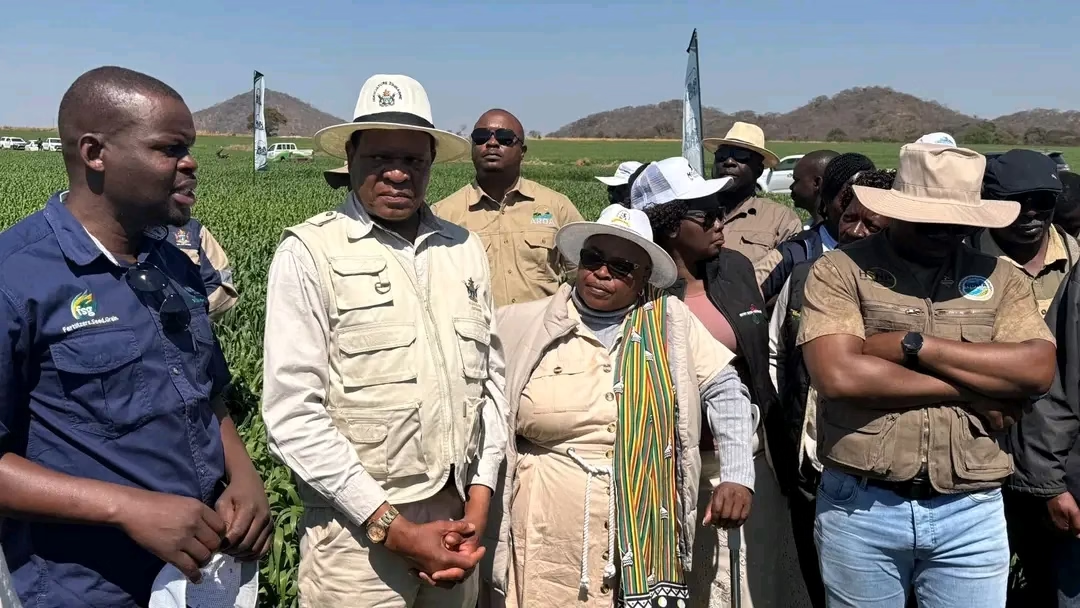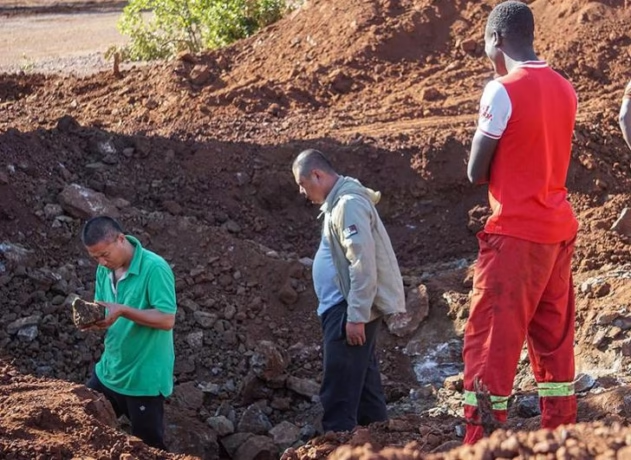
What was once fallow is now fertile again — not just in soil, but in vision. The Rattray Arnold Research Station in Mazowe, long underutilized, has sprung back to life. But this is no ordinary revival. It is a calculated national shift, a symbolic moment in Zimbabwe’s march towards Vision 2030, where agriculture is being redefined not just as a source of food, but as a foundation for wealth creation, research innovation, and regional cooperation.
At the heart of this transformation lies a bold joint venture model introduced by the Ministry of Lands, Agriculture, Fisheries, Water and Rural Development. The model invites the private sector to partner with government in turning state-owned agricultural assets into production powerhouses, blending state control with business acumen. What used to be government farms are now joint laboratories for food security, rural empowerment, and economic regeneration.
The commissioning event at Rattray Arnold was not merely ceremonial, it was developmental in every sense. Minister Dr. Anxious Masuka, known for his results-driven approach, laid out a vision that extends beyond Zimbabwe’s borders. “Agriculture is the new oil,” he has often said, and that philosophy echoed across the lush green backdrop of Mazowe, where tractors, harvesters, and irrigation systems symbolized a future being written with deliberate strokes.
More than 1,000 hectares of land at Rattray Arnold have been revived through these partnerships, with wheat, maize, and seed crops already under cultivation. But even more profound is what the project signals: a return to practical policy. For years, many government farms became symbols of mismanagement or missed opportunity. This shift, driven by policy enforcement, innovation, and performance contracts, shows how strategic leadership can breathe life into dormant assets.
Crucially, the launch also served as a diplomatic stage. With ambassadors and government representatives from Belarus, Russia, South Sudan, Botswana, and Namibia in attendance, the event doubled as a canvas for regional agricultural diplomacy. Zimbabwe is no longer just receiving lessons, it is sharing them. Countries battling similar constraints in mechanization, value chain development, and food security are now looking to Zimbabwe’s evolving model for inspiration.
Dr. Masuka’s message to partners was both a celebration and a challenge: “Let the private sector play its role. Let government provide the land, and together let us build agriculture that feeds, employs, and exports.” This alignment, between state vision and business execution, could be Zimbabwe’s most important innovation yet.
While the road ahead is still dotted with threats, climate shocks, global market volatility, and input constraints, the renewed optimism is grounded in tangible output. And for the farmers of Mazowe and beyond, the transformation of research farms into production engines is more than policy in action, it is a story of restored hope.
As Zimbabwe pushes toward Vision 2030, the fields at Rattray Arnold are more than farms. They are symbols, of what can be achieved when politics meets policy, and when policy meets the plough.




